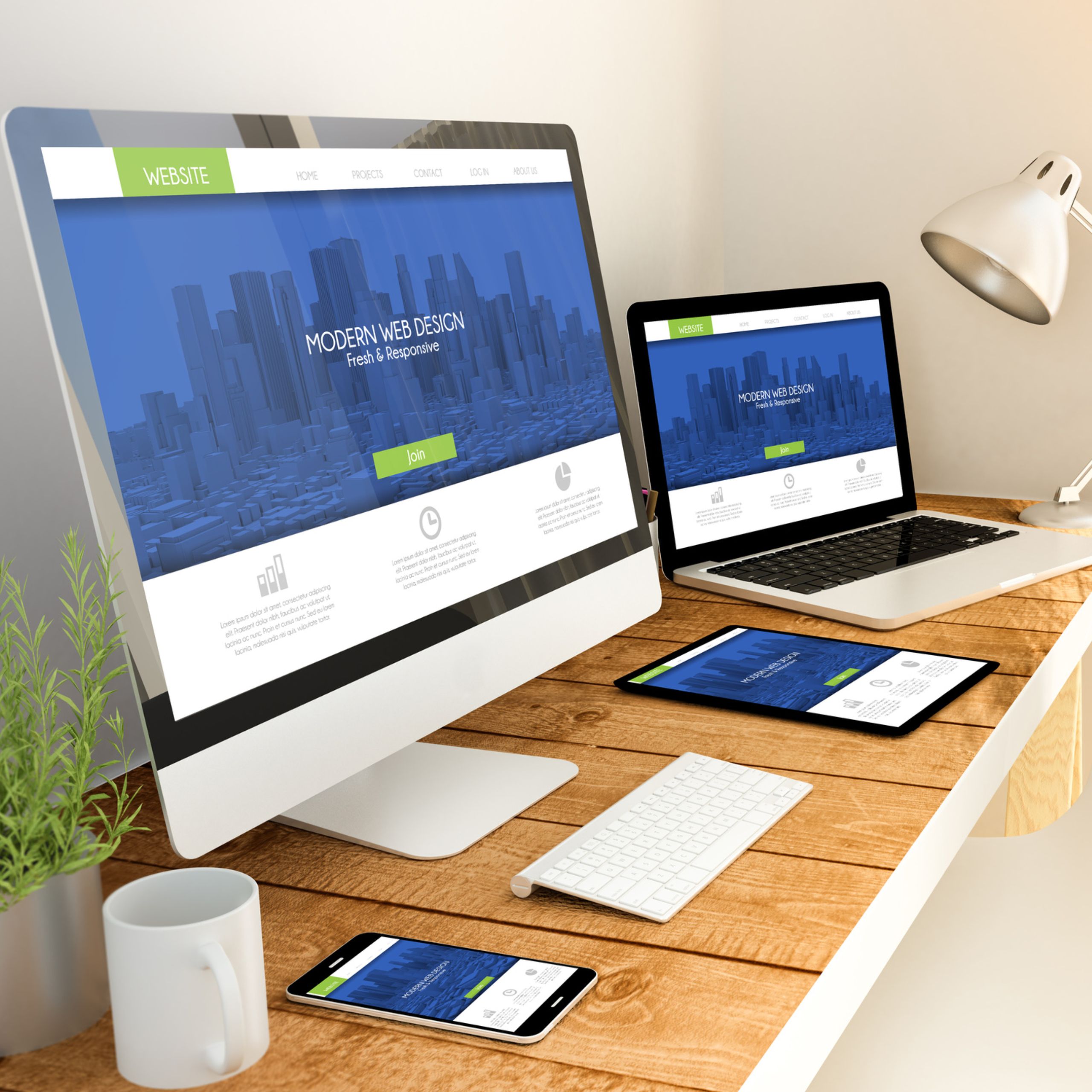Find Out How Website Design Works to Create Engaging Individual Experiences
Internet design plays a crucial function in shaping individual experiences across electronic systems. By recognizing essential principles like functionality and visual pecking order, developers can produce sites that not just draw in visitors however additionally motivate them to involve. Reliable layouts and well-thought-out color systems can substantially affect customer behavior. Nonetheless, there are deeper considerations that go beyond aesthetics, which are important for promoting an inclusive on-line environment. What are these aspects that can change a simple website into an engaging experience?
Recognizing the Principles of Website Design
The foundation of reliable website design hinges on a collection of core principles that guide the development of involving individual experiences. These principles consist of functionality, ease of access, and visual hierarchy, each playing a vital duty in just how individuals interact with a site. Functionality ensures that customers can navigate without effort, discovering info easily. Accessibility broadens the reach of an internet site, suiting customers with diverse demands and capabilities. Visual power structure directs customers' attention to crucial elements, facilitating simpler understanding of web content. Additionally, uniformity in style components cultivates knowledge, enhancing individual comfort. Color pattern and typography ought to enhance the total aesthetic while preserving readability. Receptive style adapts to various gadgets, ensuring a smooth experience across platforms. By sticking to these concepts, developers create sites that not only captivate individuals however also direct them towards desired activities, eventually boosting engagement and satisfaction.
The Relevance of Format in Individual Experience
Reliable layout offers as a foundation for user experience, influencing just how site visitors connect and view with an internet site. A well-structured format guides users' focus, making it simpler for them to navigate and find relevant info. By organizing material logically, developers can produce a smooth circulation that minimizes cognitive load, permitting users to concentrate on their jobs.

Responsive designs assure that internet sites operate well throughout various gadgets, keeping functionality regardless of display dimension. Ultimately, a thoughtful design is essential in creating an interesting customer experience that promotes complete satisfaction, urges expedition, and raises the chance of conversions. Interest to format design is essential for effective web interactions and general individual interaction.
Color Schemes and Their Influence On Interaction
Just how do color pattern influence customer involvement on websites? Color pattern play an essential duty in shaping customer understanding and habits. They stimulate emotions and can considerably impact how customers communicate with a website. Cozy colors like red and orange can stimulate excitement and urgency, while cooler shades like blue and environment-friendly usually share calmness and depend on. - Web Designer Kelowna
Share Consistency in shade usage cultivates brand name recognition, making users extra likely to involve with familiar visuals. Efficient color contrast boosts readability, making certain individuals can conveniently navigate web content without stress. In addition, the mental associations of shades can direct users towards wanted actions, such as clicking a call-to-action switch.
Ultimately, an attentively selected shade scheme can not only bring in customers yet additionally boost their overall experience, bring about higher engagement prices and raised fulfillment. For this reason, internet designers need to meticulously think about shade choices to enhance customer interaction and foster a favorable environment.
Navigation Best Practices for User-Friendly Websites
What makes navigation user-friendly and easy to use on Find Out More a site? Efficient navigating counts on clear structure and sensible power structure. Individuals need to quickly find food selections, typically placed on top or side of the web page, permitting for quick access to crucial areas. Consistency in style components-- such as typefaces, colors, and button styles-- helps with familiarity, boosting customer convenience. Detailed labels for navigation links are necessary; they need to accurately represent the content individuals can expect when clicked.
Additionally, including a search attribute can help customers in discovering details info swiftly. Dropdown food selections can arrange subcategories without overwhelming site visitors, while breadcrumb tracks aid users track their location within the site. Mobile optimization is also essential, as touch interfaces necessitate larger buttons and receptive layouts. Eventually, prioritizing simplicity and clearness in navigating allows individuals to engage much more efficiently with the website, promoting a favorable user experience.
Making sure Accessibility for All Individuals
Making sure availability for all customers is essential in web layout, as about 15% of the worldwide populace deals with some kind of impairment. Internet developers should focus on inclusivity by adhering to established standards like the Internet Material Accessibility Guidelines (WCAG) These standards provide vital standards that improve usability for individuals with aesthetic, auditory, electric motor, and cognitive problems.
Secret practices include making use of descriptive alt message for photos, making certain adequate color comparison, and providing key-board navigability. Furthermore, carrying out screen viewers compatibility can greatly improve the experience for aesthetically damaged individuals.
Checking sites with varied user groups, including those with disabilities, can expose potential obstacles and inform essential modifications. Educating layout groups concerning ease of access can foster a culture of inclusivity, ultimately producing a much more straightforward and engaging internet experience. By focusing on accessibility, developers not only increase their target market but likewise show social obligation and dedication to equivalent accessibility for all.
Regularly Asked Inquiries
What Devices Can I Make Use Of to Design My Internet site?
To make an internet site, one can use tools like Adobe XD, Figma, Lay Out, and WordPress. These systems provide numerous functions for layout, prototyping, and content monitoring, promoting the development of aesthetically attractive and see this website useful sites.
Just How Can I Evaluate My Internet site's User Experience?
To evaluate a web site's individual experience, one can utilize tools like Google Analytics for habits tracking, conduct use screening with actual users, try here and gather feedback through surveys to recognize locations for improvement and improve overall interaction.
What Are Typical Errors in Web Layout to Avoid?
Common mistakes in website design include cluttered formats, inadequate navigating, lack of mobile optimization, slow-moving filling times, and utilizing a lot of fonts or shades. These problems can hinder user experience and lower total website performance.
How Usually Should I Update My Site's Layout?
A website's layout should be updated every one to three years, or more often if substantial fads emerge or customer feedback suggests dissatisfaction. Normal updates improve aesthetic appeals and capability, making certain a interesting and fresh customer experience.
Can I Discover Web Style Without Coding Knowledge?
Yes, one can discover website design without coding understanding. Numerous tools and platforms permit customers to create aesthetically appealing web sites through drag-and-drop user interfaces, making it possible for imagination without the intricacies of shows languages.
